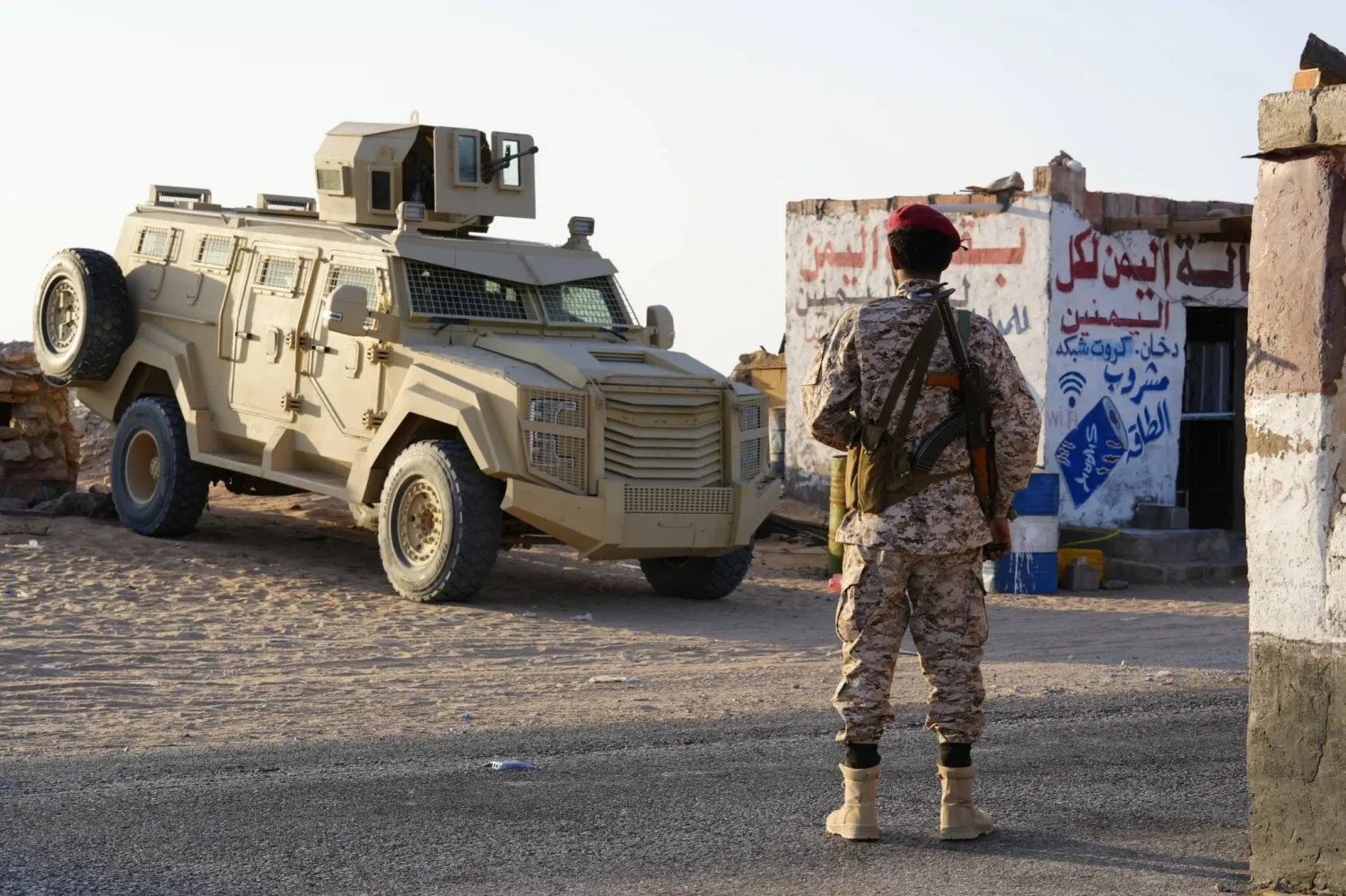As Moroccan authorities grapple with delivering aid to survivors in the remote mountainous regions ravaged by the catastrophic earthquake that struck El-Huz, the situation in Marrakech, one of the prominent cities impacted by the tremor, seems to be gradually returning to normal.
Tourists have started flocking to the historic areas for which Marrakech is renowned, albeit with caution, as local authorities have erected barriers to prevent access to some landmarks that have shown signs of damage.
The city seems closer to its usual rhythm, though UNESCO has expressed significant concern about the harm inflicted on some of its World Heritage-listed sites.
The liveliest activity is observed during the night, with an influx of foreign visitors converging on the heart of the commercial city.
Shops have reopened their doors, and restaurants and cafes are once again welcoming tourists, according to Reuters.
Marrakech boasts a wealth of historic treasures, including World Heritage sites, such as Ksar Bahia, parts of which collapsed due to the earthquake.
The 6.8-magnitude quake, which struck on September 8, also impacted numerous other historic buildings, including the Almoravid Dome, Badi Palace, Ben Youssef Madrasa, and Bahia Palace.
The Jemaa el-Fnaa Square, which was among the most visited places in the past two days, remains a bustling hub.
Not far from Marrakech, in the Amzmiz region, which was one of the hardest-hit villages, hundreds of children and teenagers are regaining some hope after the earthquake shattered many of their dreams.
Army units set up on Friday tents in their schoolyard in preparation for resuming their education.
The Ministry of Education had announced the suspension of classes in the most affected villages due to varying degrees of damage to 530 educational institutions.









